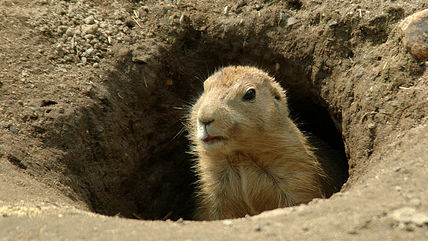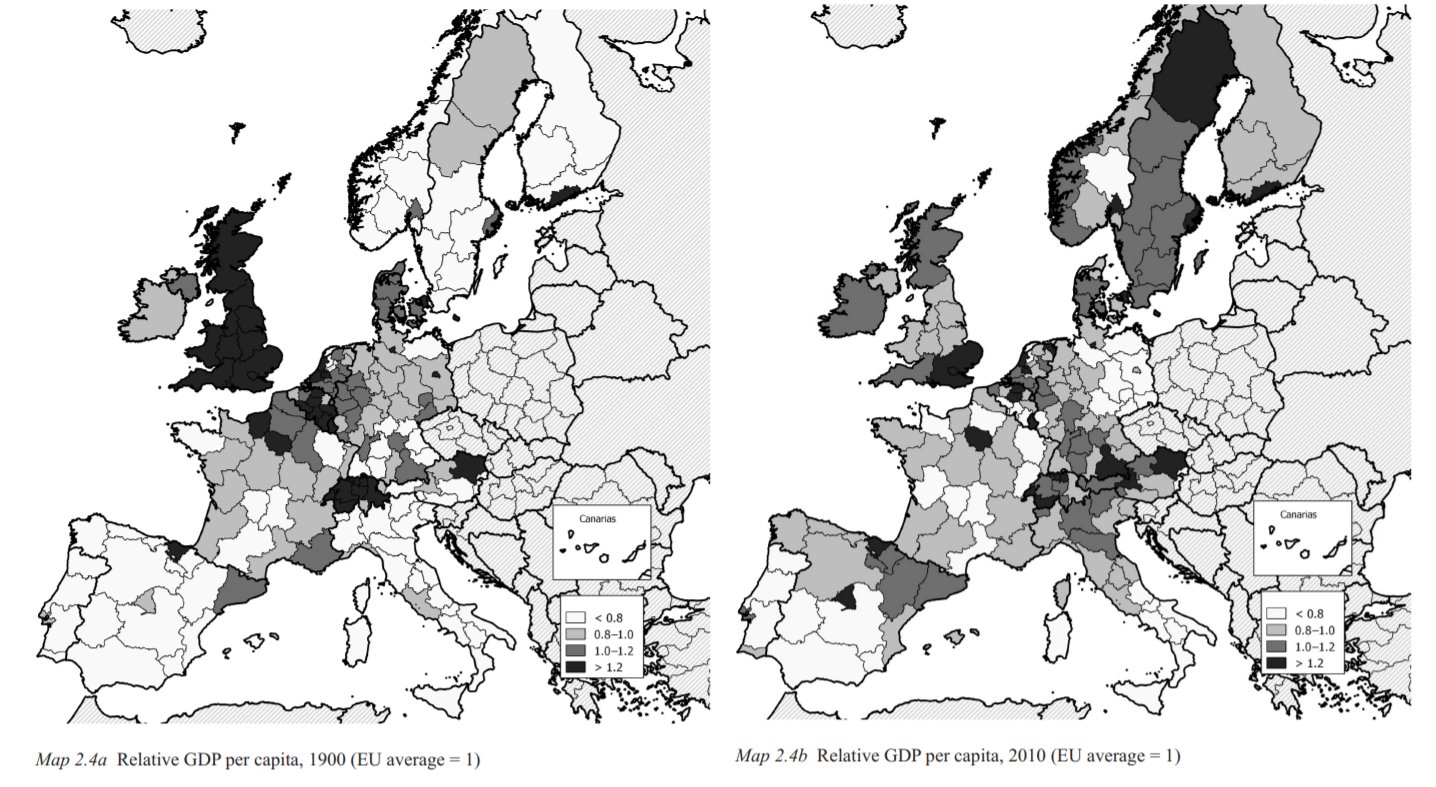Punxsutawney Phil: Canary in the Coal Mine

I have a question for Punxsutawney Phil, and it’s not whether there will be six more weeks of winter. It’s whether we actually have a winter at all this year. Sadly, the groundhog is probably as disoriented as the rest of us. While it is true that Alaska has seen one of the coldest winters on record, plants have been blooming at the New York Botanical Garden in New York City.
Unseasonably warm conditions can cause great problems for plants and animals alike. An early bloom could make it difficult for plants to survive if colder weather finally arrives. There is also a grave risk for hibernating animals who wake up too early. These animals rely on the protein hormone leptin to regulate their appetite and metabolism. When temperatures rise, leptin levels decrease, and hibernating animals begin the energy expensive process of coming out of what is essentially a deep coma.
So when a hibernating animal pops its heads out of the ground he will be hungry, but there may not be any food to find. The reemergence of plants and animals are becoming unsynchronized events as the weather grows more erratic.
In other words, groundhogs make for terrible weather forecasters. We should not be studying their behavior to help us decide whether to book that spring skiing vacation, but rather, to learn how these animals are adapting to a changing environment so we might improve our own adaptability.
UPDATE: 2.2.2012: Punxsutawney Phil has apparently seen his shadow, meaning, I suppose, we might eventually get to see winter this year. The trouble is, groundhog forecasts are only about 39 percent accurate, although it is nearly impossible to measure them objectively. We’ll just have to wait and see. But in the meantime, how are animals and humans both coping with erratic weather this season? That remains the big question for the crazy winter of 2011/2012.





